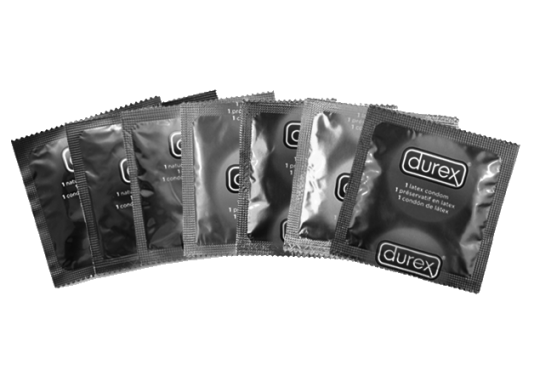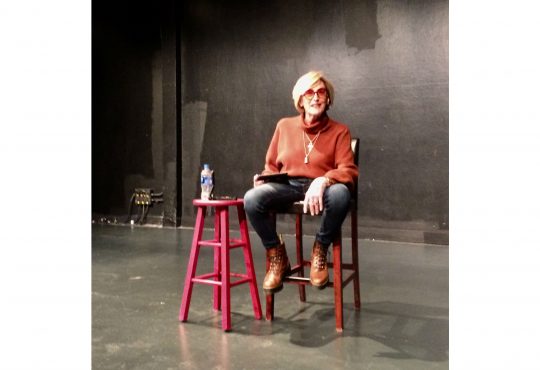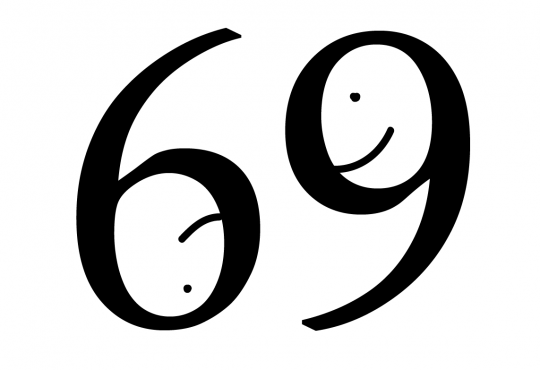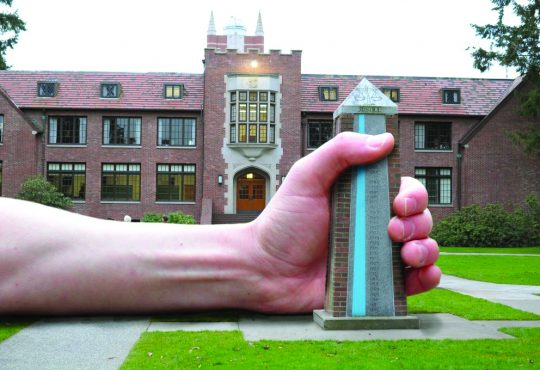The question of the extent of one’s sexuality is one that has long haunted the Puritan idealism of America, threatening to shake the foundation of America’s sexual expectations. Yet that foundation seemed more or less durable until a man named Alfred Kinsey (1894-1956) came along and shattered America’s conceptions of sexuality with his studies, and in particular, with something that is mentioned frequently but little understood – the Kinsey Scale.
As one of the most influential pioneers of sex research in the twentieth century, Dr. Alfred Kinsey broke barriers when he conducted and published his studies on both male and female sexuality. Kinsey began his forays into the world of sexual studies in 1938, during his post as a professor at Indiana University, when he boldly agreed to co-teach a course on marriage and the family unit instituted in response to a student petition. Dismissing convention Puritan morality, Kinsey argued that all forms of sexual deviants fall within a spectrum of normality, resulting in his class enrollment increasing to 400 in the next two years.
1948 marked a major turning point for sexual research with the publication of Sexual Behavior in the Human Male, an analysis of the lengthy studies Kinsey and his collaborators conducted across the nation. Despite its dreadfully dry rhetoric, enormous length and excessive use of statistics and graphs, the book became a best-seller within three weeks, selling over 200,000 copies – an enormous number for the time. Condemned as “one of the most anti-religious books of our times”, the dull writing revealed a deliciously scandalous world of male masturbation, extra-marital sex and homosexuality that was incredibly unprecedented for the time.
This was followed in 1953 with Kinsey’s Sexual Behavior in the Human Female, which analyzed over 6,000 personal sexual histories of American women to discover an even deeper hidden world of female orgasms, infidelity and lesbian escapades. The backlash against this accusation of impurity among American women was so strong that a congressional investigation of Kinsey’s financial support commenced, resulting in a termination of his funding. After the strain of this social stigma and repressive backlash against his research took its toll in his health, Kinsey died in 1956.
Yet alongside his two groundbreaking publications, Kinsey left behind the Kinsey Institute for Research in Sex, Gender and Reproduction at Indiana University, and the Heterosexual-Homosexual Rating Scale, which is now known as the Kinsey Scale. This scale is a seven point system meant to demonstrate the continuum across which sexual behavior exists, as follows:
0 – Exclusively heterosexual
1 – Predominately heterosexual, only incidentally homosexual
2 – Predominately heterosexual, but more than incidentally homosexual
3 – Equally heterosexual and homosexual
4 – Predominately homosexual, but more than incidentally heterosexual
5 – Predominately homosexual, only incidentally homosexual
6 – Exclusively homosexual
The Kinsey scale has been hailed as both a saving grace of the queer community and also as a restrictive tool of sexual classification. Proponents celebrate Kinsey’s suggestion of sexuality as a spectrum, presented during a time when homosexuality was considered a devious sexual perversion that was mutually exclusive from heterosexuality. Critics condemn the manner in which the scale perpetuates the gender dichotomy, presenting men and women as immutable in their gender identity, as well as the suggestion that sexuality itself is immutable across one’s life, merely waiting to be discovered. The bisexual, pansexual and transgender communities especially disagree with the manner by which the scale attempts to measure their degree of deviance from sexual exclusivity against fairly heterosexist standards.
Dr. Alfred Kinsey, however, did not intend for his scale to be used as it is now. He did not mean for the scale to be a measurement of one’s “true” sexuality, and did in fact concede that sexuality is often mutable across one’s life. He did, however, believe that the scale was a worthy measurement of one’s behavior alone, meaning that the scale was meant to compare the varying levels of sexual deviance in Americans’ behavior across different populations, not their self-identified or given sexual orientation. The Kinsey Scale was intended for use as a measure for scientific studies, not as a means to discover one’s sexual identity – that is something no scale or study can tell you. So the next time you ask, or get asked, On the Kinsey Scale, how gay are you, REALLY?” you should take a step back and consider what Dr. Alfred Kinsey himself would have said: “The world is not to be divided into sheep and goats. Not all things are all black nor all things white.”






